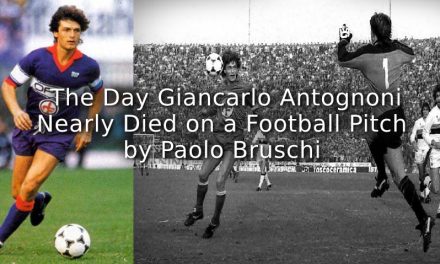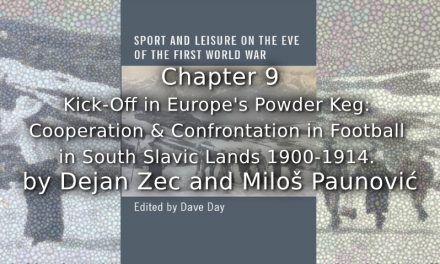Leopold G. Blackman was a twentieth century renaissance man of sorts. He was an educator, writer, soldier and briefly, a convicted felon. He also played soccer. After moving to Hawai‘i from his native England, Blackman became one of the earliest promoters of the sport on the islands. He was instrumental in creating Hawai‘i’s first soccer community. But he did not do it alone. Other Scottish, English and Hawaiian born players also took part. Not yet a state in 1900, Hawai‘i was a territory governed by the United States. Although the history of Hawai‘i’s soccer community shares some characteristics with those on the mainland, it was also distinctive in many ways. The process of creating a sustained, organized competition began later in the islands than in other areas. The first soccer league did not form until December 1900 and the organization’s first matches took place a month later in January 1901. It also remained a fairly small scale competition, with the number of senior teams hovering between three and five.
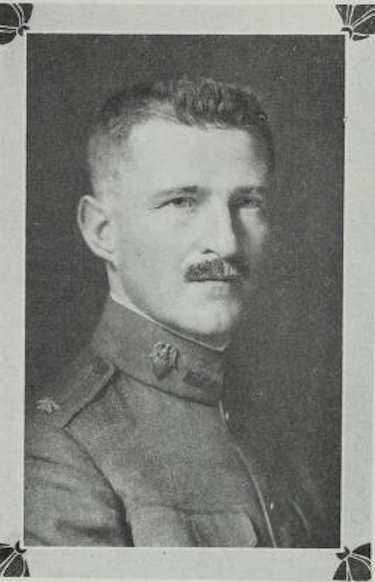
Leopold Blackman, c. 1917
Source: Men of Hawaii.
Another unique characteristic was that although dominated by whites of British descent, there was some ethnic diversity with Chinese, Filipino and native Hawaiian players also taking part.
Born on the fourth of July 1874 at Cheltenham, England, Blackman was the son of a pharmacist. He attended St. Nicolas College (now Lancing College) and after graduation taught at a boarding school called Ardingly College. His motivations for leaving Britain are not known, but he arrived in Hawai‘i on January 24, 1900. He likely had arranged an appointment before coming to the islands and was soon named principal of ‘Iolani College, one of several local academies.
Blackman immediately became active in the recreational activities of the British expatriate community. By late spring he was a member of the Honolulu Cricket Club and one local paper noted that he “has shown promise of distinguishing himself in the near future.”1
It is unknown when the first football game of any code was played in Hawai‘i. The earliest mention of the sport was a match played by boys from Oahu College in 1877. The contest was likely a version of rugby or the intercollegiate game. In 1881, students played a match using the Rugby Union code on Christmas Eve. Talk of introducing association football began in the fall of 1899 but there is no evidence that any games were played. The first documented soccer match in Hawai‘i took place on April 28, 1900 when two teams named “Scotland” and “The World” played to a 0-0 draw. The match report noted that while some had doubts about the sport, the large crowd showed that soccer could attract spectators. As one might expect, the quality of play was poor and perhaps due to a lack of fitness, the teams played only two twenty-minute halves plus an additional ten minutes of added time. The Honolulu Advertiser picked out Blackman, who lined for the Worlders, as one of the game’s best players. Occasional matches took place over the summer, including contests against crews from visiting ships but no formal organization existed.
In August 1900, a newspaper reported that ‘Iolani College would take up soccer with Blackman serving as coach. A month later he wrote to the sports editor of the Honolulu Advertiser suggesting the formation of a four team association football league. Since the cricket club would not be playing during the winter, he felt members would appreciate some form of active recreation. Progress was slow, even after a newspaper published the association rules. Although Blackman hoped for a four team league, by October only two squads were playing regular fixtures. The first was ‘Iolani College and the other was called “Scotland.” Initially the schoolboys, along with Blackman who lined up as a midfielder, were vastly outclassed by the Scots. On one occasion he played forward and was roundly criticized after a poor performance: “[Blackman] would be of more use to his team if he would combine with the other forwards” and not play such a “selfish game.”2 The younger players improved over time but generally failed to offer much resistance to Scotland.
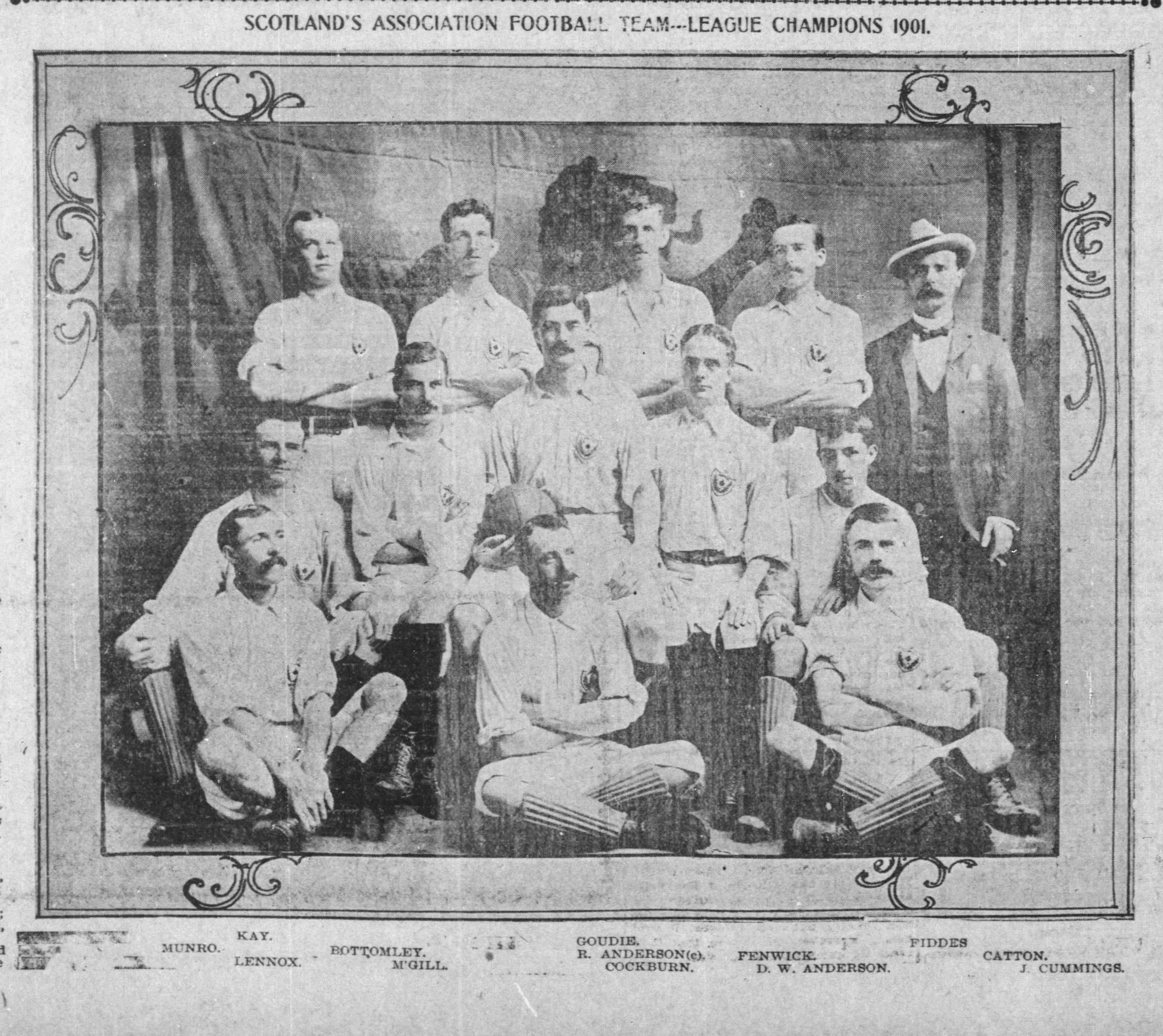
The “heavy metal” Scotland team, winners of the inaugural HAFL championship in 1901
Source: Honolulu Advertiser, February 23, 1901.
By the end of November 1900 the Thistle Club had decided to formally organize a soccer team with the club colors being light blue and white with a badge featuring a thistle on a white background. An “England” team soon followed sporting white shirts, blue pants with a crest featuring a red rose on a white shield. The Old ‘Iolani Association Football Club organized the next day. Soon a competition was established with two divisions. The senior circuit consisted of three teams: Scotland (as the Thistle Club side came to be known), England and ‘Iolani United; a composite squad made up of a rotating cast of players drawn from the ‘Iolani Old Boys and ‘Iolani College teams. At a meeting on December 13, representatives drafted a constitution, established league rules and elected Leopold Blackman president of the organization. The fixtures of the Hawaiian Association Football League (HAFL) began after the turn of the new year. Very quickly Scotland proved itself the class of the league, winning all its games and outscoring opponents 21-4. Despite the lack of competition, members of the league deemed it a success and celebrated with a “smoking concert” in late March.
For the following season they decided to make changes in order to prevent a single team from dominating the league. One newspaper explained the motivation for making this change: “It was felt that the Scottish team was too heavy metal for the others.”3 After debating a number of methods to impose balance, they eventually named four prominent players to be the captains of the new sides. Some of the clubs had players who worked for the same firm while another was formed by members of the Makiki Club. The HAFL announced that enough money had been raised to purchase a championship cup but due to limited funds the players of the winning team would be given smaller cups rather than medals.
Four teams began play in late 1901: Wanderers, Maile Ilima, Honolulu AFC and Hackfield- Davies. The decision to scramble the players in order to generate more competition paid off as the 1901-02 season was ultimately decided by a play-off game between the top two finishers. The winning team was Maile Ilima, named for a prominent sporting club on the islands. The team would dominate the HAFL’s early years, winning six of the next seven titles. The composition of the league varied over time with a low of three teams and a high of five teams. It was sometimes difficult to obtain sporting equipment especially balls and goals. At the start of the 1906-07 season for example, the league put out a call to help locate the balls and goals that had been used in the previous season. On a positive note, HAFL finances were in the black even if nobody was going to become rich. Net proceeds of $68.57 were divided equally between the five teams in the competition leaving them with $13.71 each. Around this same time, other entities including industrial firms and sugar cane plantations also fielded sides but none of them joined the HAFL.
For the most part, the players of the HAFL were of Anglophone descent with some, like Blackman, immigrants from Great Britain while others were born in the United States or Hawai’i. A few players, including Ah Sang, Kin Fook and Len Que, who turned out for ‘Iolani School, were native Hawaiians or of Chinese descent. Len Que would later feature on the 1901- 02 Maile Ilima title winning side. Another Hawaiian-born player of Chinese descent, Sing Hung Hoe played for the 1908-09 champions. Only about eighteen years old when he captured the soccer title, Hoe was also a talented baseball player who toured the mainland in 1913 with an all- Chinese squad from the Islands.
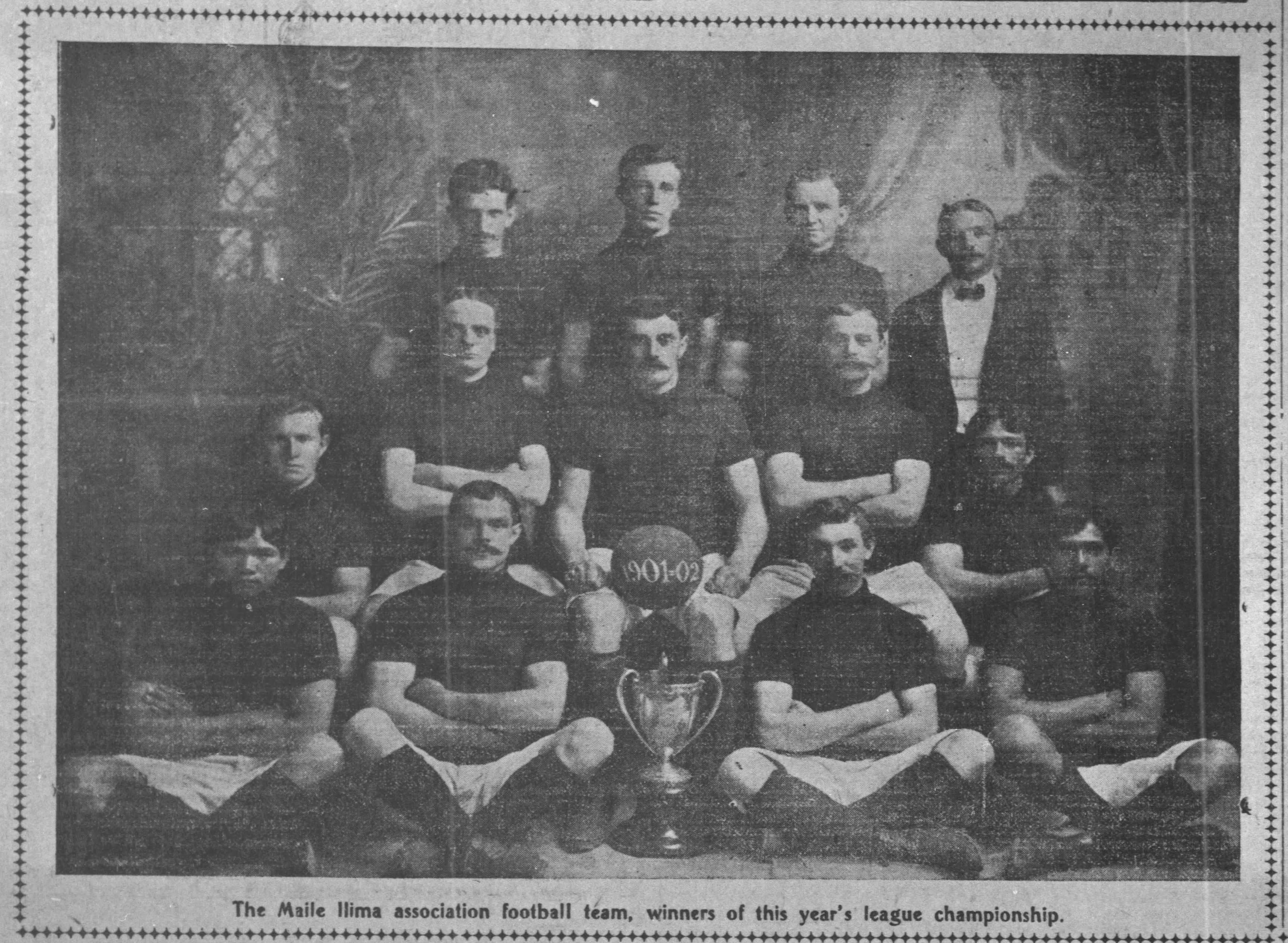
The Maile Ilima squad, champions of the HAFL, 1901-02. Len Que is on the far left in the front row.
Source: Honolulu Advertiser, March 29, 1902.
While the HAFL was the area’s senior soccer competition, the community also organized a junior circuit. Although never as popular as intercollegiate football in this period, the school boy competitions attracted a certain amount of press coverage. It was at this level where the sides became significantly more diverse. One junior league team known as the Cables, for example, included the following players: R. Jordan, Ah Ko, Lo On, Sing Chong, F. Evans, Foe Sue, W. Brown, E. Andres, Mon Yin, Yee Bew and W. Miles. Future Olympic swimming gold medalist and noted surfer Duke Kahanamoku played as a midfielder for the Kamehameha School side that took home the 1908 junior championship. The fact that the junior teams were integrated did not mean that non-white players escaped prejudice. At a meeting of league officials in November 1903, the coach of the previous season’s winning junior team reported that despite the fact that the players had been promised gold or silver medals, they had not been awarded. The reason, he argued was because the squad was made up of Chinese boys. A player with the surname Fernandez and likely of Filipino descent, faced racial abuse on the pitch after he moved to San Francisco.
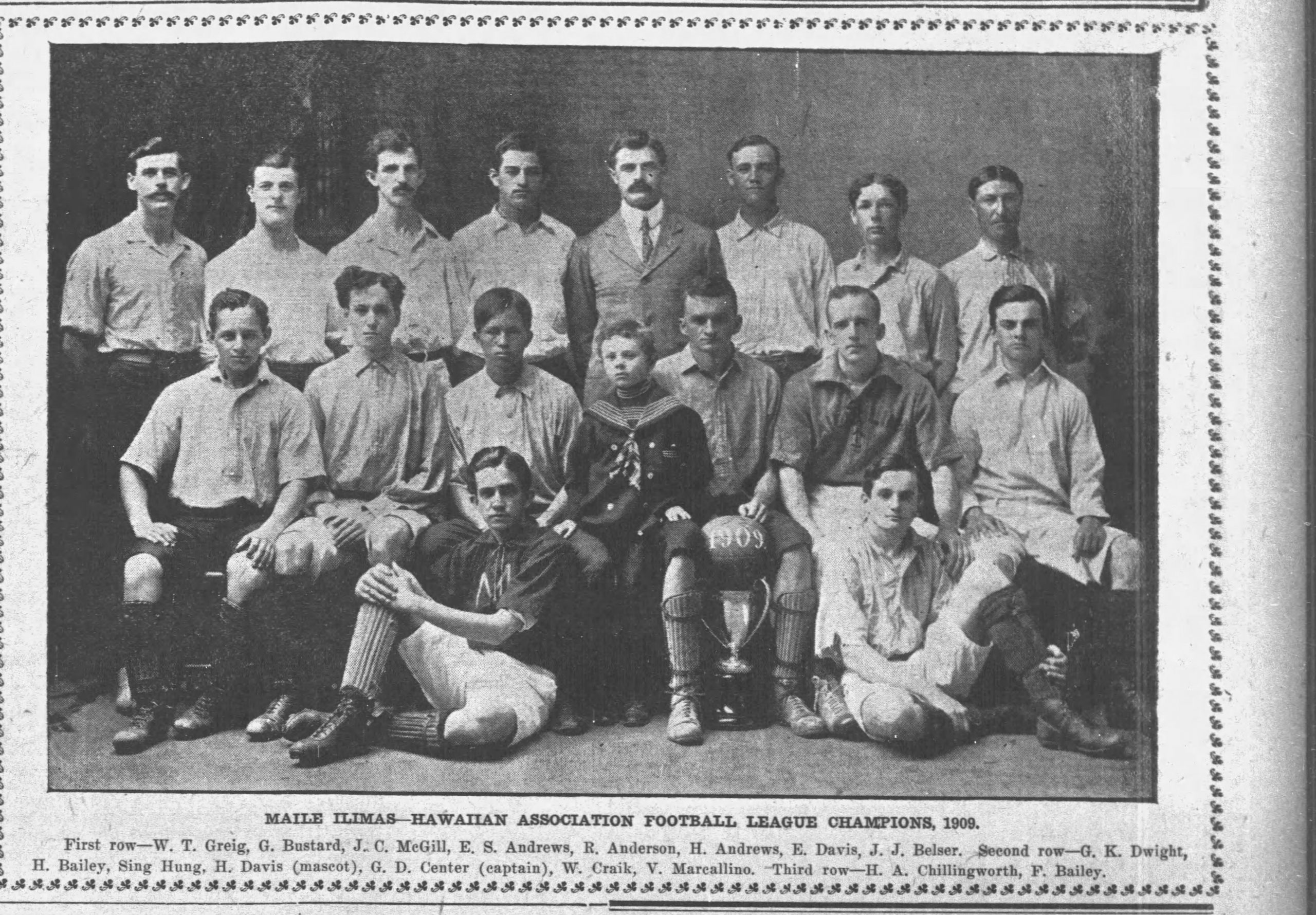
Champions of 1908-09, the Maile Ilimas featuring Sing Hung Hoe (center just to the left of the child mascot)
Source: The Honolulu Advertiser, January 24, 1909.
The HAFL ran continuously from 1900 to 1914 when the league finally disappeared. Blackman’s role in the organization seemed to last only for the first handful of seasons. He was on the losing side of a title decider in March 1905 when Maile Ilima captured the second of what would be six straight championships. He left his position at ‘Iolani College after a single season and embarked on a series of careers in the years that followed. In 1902, Blackman published an epic poem called Kaupeepee: An Idyll of Hawaii that was based on a Hawaiian myth. By 1909 he was Special Inspector of Foreign Animals and Birds for Hawai’i and also principal of Aliʻiolani College. Five years later he was the head man at the Honolulu School for Boys and had enlisted in the Hawai‘i National Guard. Blackman became an aide to the governor of the islands and by the 1920s was leading the Honolulu Military Academy. After several years of educating cadets, including Olympic gold medalist and future motion picture star Buster Crabbe, the academy was dissolved in 1927.
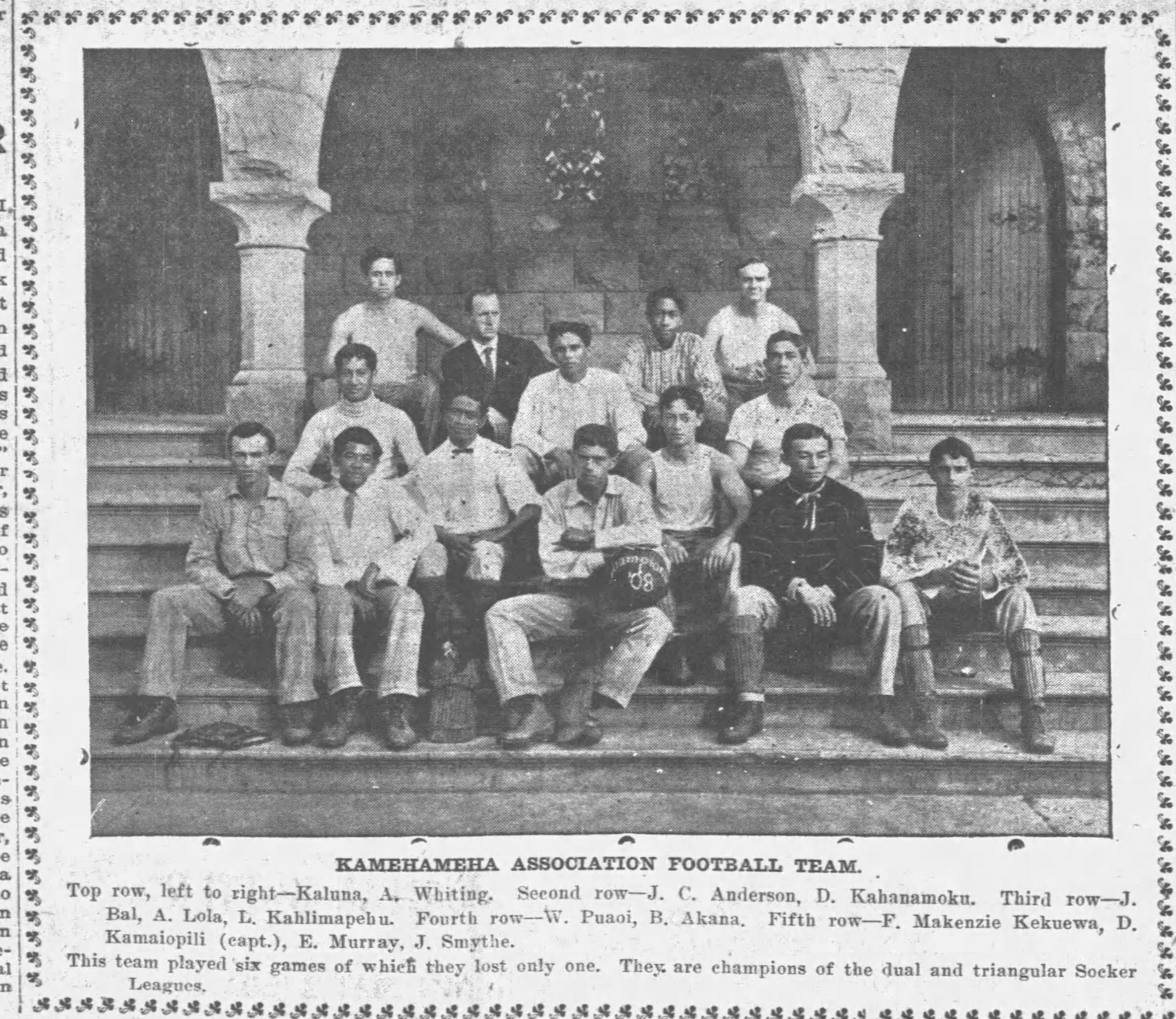
The Kamehameha school association football team, winners of the youth league in 1907-08. Duke Kahanamoku is on the right in a patterned shirt, second row from the top
Source: Honolulu Advertiser, February 23, 1908.
Blackman changed careers once again when he bought a seat on the Hawaiian stock exchange. On August 18, 1930 the firm was suspended from the exchange and soon Blackman found himself indicted for embezzlement. According to the complaint, the victims included a U.S. Navy lieutenant and a widow with four children. The case eventually went to trial where Blackman was accused of spending more time writing poems than conducting business. The prosecution described him as “a modern Nero, who instead of fiddling while Rome burned, wrote novels and lived at the Royal Hawaiian Hotel while his firm stole money from trusting women.”4 He claimed that his role was to meet with customers while his partners handled the books. The final verdict was guilty as charged and the Honolulu Advertiser described his reaction “Blackman stood, gray and shaken, slightly supporting himself upon a rolled magazine on a chair arm.”5
The defendants were sentenced to ten years hard labor but quickly appealed the result. The trial led Blackman to declare bankruptcy reporting assets of $219,054 ($3.4 million/£2.4 million in 2021) and liabilities of $377,425 ($5.9 million/£4.2 million in 2021). Two years later the supreme court overturned the verdict and after prosecutors declined to retry him, the charges were ultimately dropped. Blackman’s brush with the law did not seem to harm his reputation and he continued to write book reviews and Hawaiian history articles for local newspapers. He left the islands in 1941 and relocated to Tahiti. While there he continued writing articles about his new home until he died in 1951 aged seventy-seven.
Article © of Brian D Bunk
References
1 “Wicket Men,” Honolulu Advertiser, May 8, 1900.
2 “Scots Wallop Iolani’s Team,” Honolulu Advertiser, November 26, 1900.
3 “Won Trophy Six Times,” Honolulu Advertiser, March 29, 1908.
4 “Brokers are Sentenced to Penitentiary,” Honolulu Advertiser, October 4, 1930.
5 “Brokers are Sentenced to Penitentiary,” Honolulu Advertiser, October 4, 1930.
Sources
Daily Honolulu Press Evening Bulletin Hawaiian Gazette Hawaiian Star Honolulu Advertiser
Men of Hawaii. 2 volumes, edited by John William Siddall. Honolulu: Honolulu Star-Bulletin Limited, 1917.
Pacific Commercial Advertiser Pacific Island Monthly

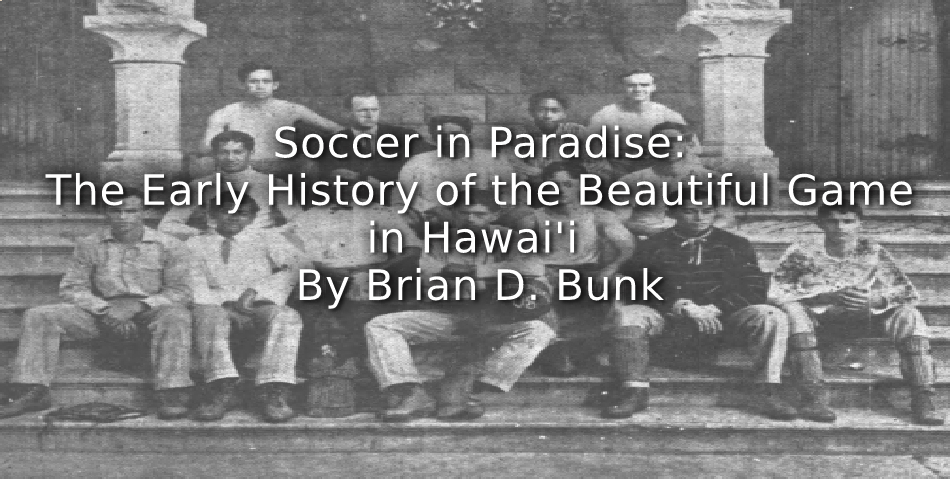
![“And then we were boycotted” <br> New discoveries about the birth of women’s football in Italy [1933] <br> Part 5](https://www.playingpasts.co.uk/wp-content/uploads/2020/03/PP-banner-maker-3-440x264.jpg)
![Switching from Women’s Football to Cross-Country: <br>The History of Gruppo Sportivo Giovinezza [Milan, 1933-37]](https://www.playingpasts.co.uk/wp-content/uploads/2020/07/PP-banner-maker-440x264.jpg)
